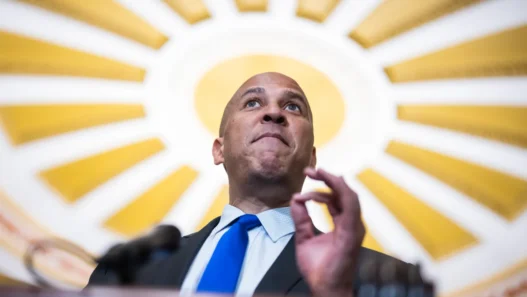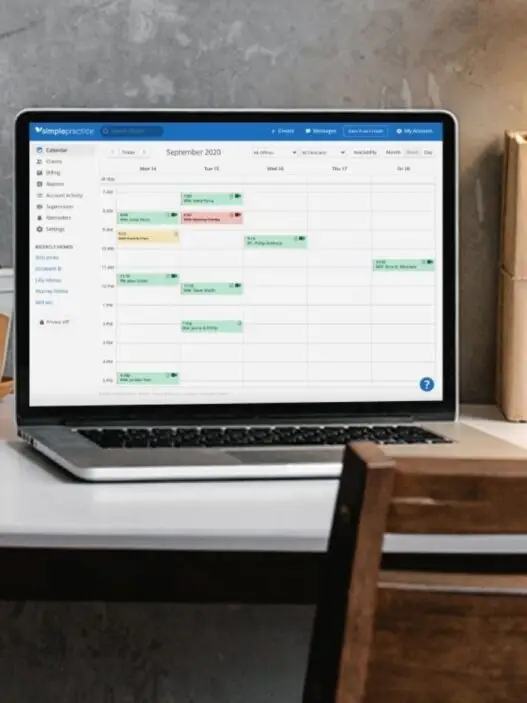For Every Therapist Who’s Tired of Doing It All
Dear Therapist,
We see you.
The late nights. The unpaid no-shows. The emotional labor that doesn’t clock out at 5 p.m. You went into this work to heal others, not to fight insurance companies, file quarterly taxes, and constantly wonder if you can afford your own therapist.
The latest 2025 Financial State of Private Practice report by Heard, a financial management software company for private practice therapists, just dropped. 3,229 therapists opened up about money, debt, expenses, insurance, taxes, book-keeping and a window into the real-life mechanics of running a private practice in today’s world.
But we don’t just want to show you the numbers. We want to tell you what they mean and what no one else is saying out loud.
The Headline Everyone’s Missing: Private Practice Isn’t Broken. It’s Bleeding.
The 2025 report shows that average individual therapy session fees continue to hover around $159, with couples therapy averaging $183 and group therapy $82.
These numbers are nearly identical to 2024’s findings which puts into perspective just how tight pricing remains, even as demand for care grows.
Therapists today aren’t just clinicians. They’re strategists. Entrepreneurs. Content creators.
They’re handling their own marketing, navigating EHR software, rescheduling no-shows, and trying to build stable income in an increasingly complex industry.
Clients Are Staying Longer. But At What Cost?
One of the few shifts in the 2025 report comes in the form of client duration.
According to the data, 39% of therapists report working with clients for longer than 12 months.
That’s a promising sign of continuity and therapeutic progress but also a signal of deep, long-term need among the population.
While longer client relationships can mean more stable revenue, they also demand emotional stamina and careful caseload planning, especially for solo practitioners without support staff or billing assistance.
So What Now?
Heard’s report doesn’t just share data, it reflects the real lives behind the numbers. It’s a wake-up call for everyone in this profession, and it verifies something many of you have been saying for years:
The private practice model needs rethinking.
What the Reports Offers
What the report offers is a framework to ask better questions:
How am I structuring my practice? What do my session fees say about my sustainability? How long am I able to stay in this work without burning out?
If You’re a Therapist, Here’s What to Do Next:
- Read the full report. Don’t just skim the stats, feel the weight of what’s being said.
- Reflect on your own numbers. Your financial health is mental health.
- Build a circle. Whether it’s peers, platforms like Heard, or communities like ours. Don’t do this alone.
If you’re not a therapist but you care about mental health:
- Support the people doing the work. Advocate for fair pay and policies.
- Stop assuming “private practice” means easy. It often means exhausted.
❤️ Final Word
To the team at Heard, thank you for giving us language, data, and proof. And to every therapist reading this: your work is essential, but your well-being is too.
This report is more than a financial snapshot, it’s a mirror. One we all need to look into.
Editor’s Note: An earlier version of this article incorrectly cited figures that do not appear in the 2025 Heard Financial State of Private Practice Report. Specifically, it mentioned a $76,700 average take-home pay, 33-hour work weeks.
our goal is to bring trust and truth to conversations about mental health, business, and care work. When we make a mistake, we own it. And we do better.
— The Editorial Team





















